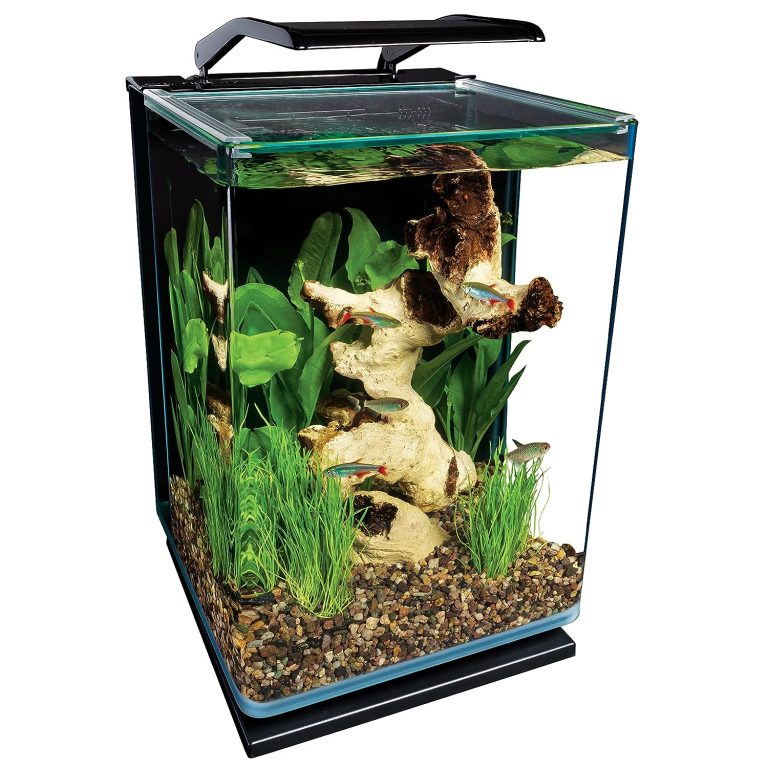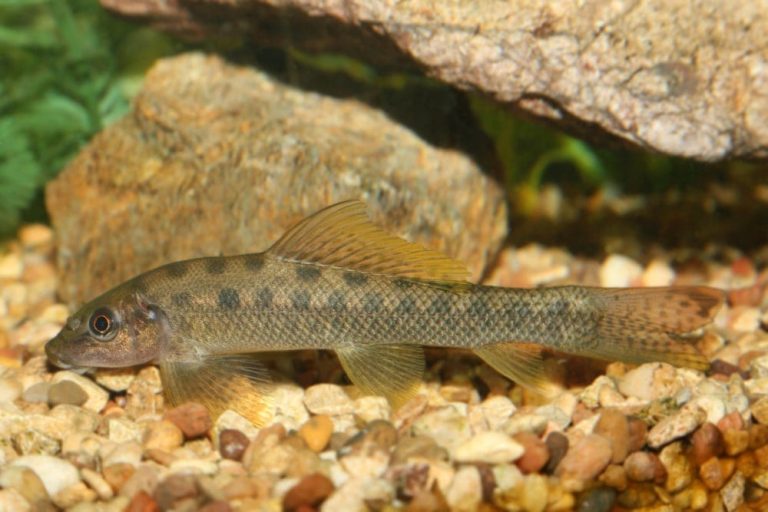Can Fish Tank Mold Make You Sick
Can Fish Tank Mold Make You Sick?
If you’re a fish enthusiast, you probably enjoy spending hours gazing at your beautiful aquarium, watching the fish swim gracefully through the water. But have you ever stopped to consider the potential health risks that might lurk in your fish tank? One such concern is the presence of mold. Can fish tank mold make you sick? Let’s find out.
The Answer: Yes, fish tank mold can make you sick. Mold is a type of fungus that thrives in damp and humid environments, making fish tanks a prime breeding ground. Breathing in or coming into contact with mold spores can trigger a range of health issues, particularly for individuals who are susceptible to allergies or have respiratory conditions.
Understanding the Risks of Fish Tank Mold
1. Allergic Reactions:
Mold spores can cause allergic reactions in some people. Symptoms may include sneezing, coughing, itchy eyes, runny nose, and skin rashes. These allergic reactions can be especially bothersome for those who already suffer from allergies or asthma.
2. Respiratory Problems:
In more severe cases, exposure to fish tank mold can lead to respiratory problems. Prolonged inhalation of mold spores can irritate the airways and cause symptoms such as wheezing, difficulty breathing, and chest tightness. This is particularly dangerous for individuals with pre-existing respiratory conditions like chronic bronchitis or COPD.
3. Toxic Mold:
Certain species of mold produce mycotoxins, which are toxic substances that can have harmful effects on human health. Although not all molds are toxic, the presence of toxic mold in your fish tank can increase the risks associated with mold exposure. Common symptoms of toxic mold exposure include headaches, fatigue, dizziness, and even neurological problems in some cases.
Preventing Fish Tank Mold:
Now that we understand the risks, let’s explore some preventive measures to keep your fish tank mold-free and reduce the chances of getting sick:
1. Regular Cleaning:
Regularly cleaning your fish tank, including the substrate, decorations, and filter, is essential to prevent mold growth. Use a siphon to remove debris from the tank and clean the surfaces with a mild bleach solution or aquarium-safe cleaner. It’s important to rinse everything thoroughly to remove any residue.
2. Proper Ventilation:
Ensure that your fish tank is well-ventilated to prevent excess humidity. Consider using a hood or cover with proper ventilation holes to allow fresh air circulation. Avoid placing the tank in areas prone to condensation, such as near windows or heaters.
3. Optimal Water Conditions:
Maintaining optimal water conditions is crucial in preventing mold growth. Regularly test the water parameters (pH, ammonia levels, temperature, etc.) and perform water changes as recommended for your specific fish species. Avoid overfeeding your fish, as leftover food can contribute to mold growth.
4. Monitor Humidity Levels:
Keep an eye on the humidity levels in the room where your fish tank is located. Aim for a relative humidity of around 40-50% to discourage mold growth. Consider using a dehumidifier or maintaining proper ventilation to control the moisture in the air.
Frequently Asked Questions:
1: How can I identify mold in my fish tank?
Mold in fish tanks is often visible as a powdery or fuzzy growth on the surfaces. It can appear in various colors, including black, green, or white. If you notice any unusual growth or discoloration, it’s essential to take action promptly.
2: Can fish tank mold affect the fish?
Yes, fish tank mold can harm your fish as well. Mold growth can compromise the water quality and stress the fish, making them more susceptible to diseases. It’s crucial to maintain a clean and healthy environment for both you and your aquatic companions.
3: How often should I clean my fish tank to prevent mold?
Regular maintenance is key. Clean the fish tank at least once a week, removing any debris and performing partial water changes. The frequency may vary depending on the tank size, number of fish, and filtration system, so it’s best to develop a cleaning routine that suits your specific setup.
Final Thoughts:
While fish tanks can bring joy and tranquility into your life, it’s essential not to overlook the potential health risks associated with mold growth. By maintaining proper hygiene, ventilation, and water conditions, you can reduce the chances of mold formation and create a safe environment for both you and your fish. Regular monitoring, cleaning, and preventive measures will ensure that your fish tank remains a healthy and thriving ecosystem for years to come. So dive into the wonderful world of fishkeeping and enjoy your aquatic adventure while keeping mold at bay.






